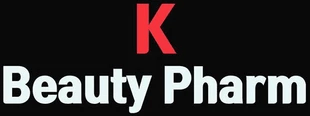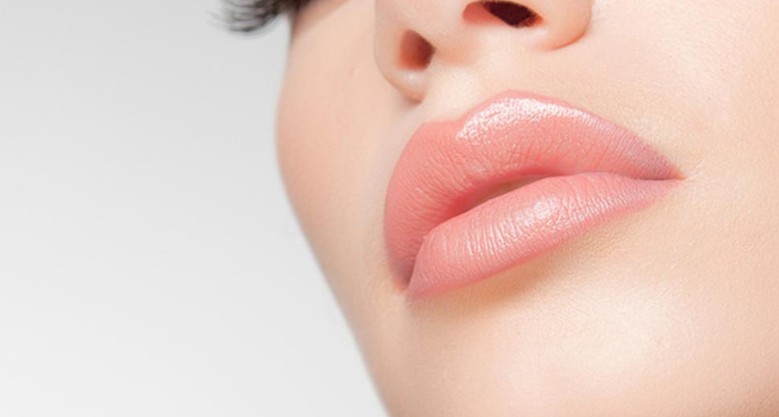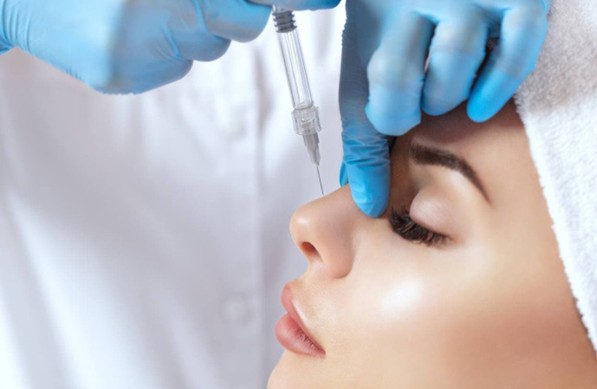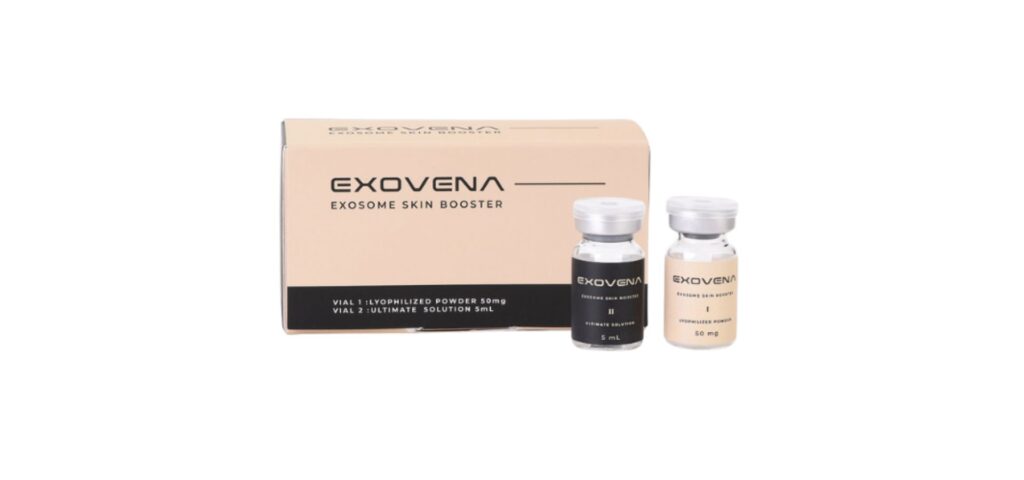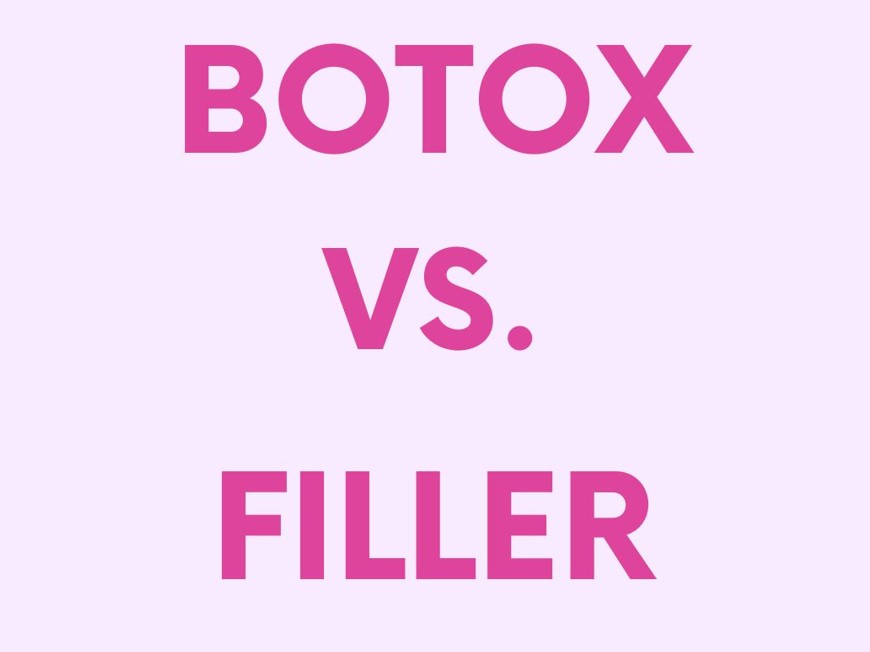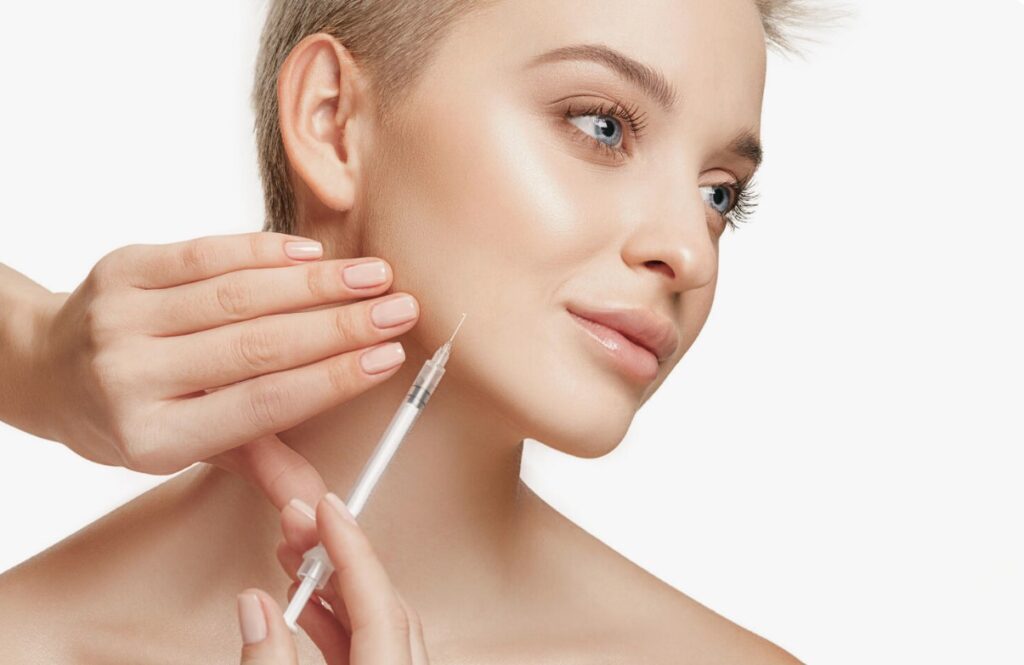FREE SHIPPING OVER $600 MINIMUM ORDER $400
BOTOX VS FILLER: WHICH ONE IS RIGHT FOR YOU
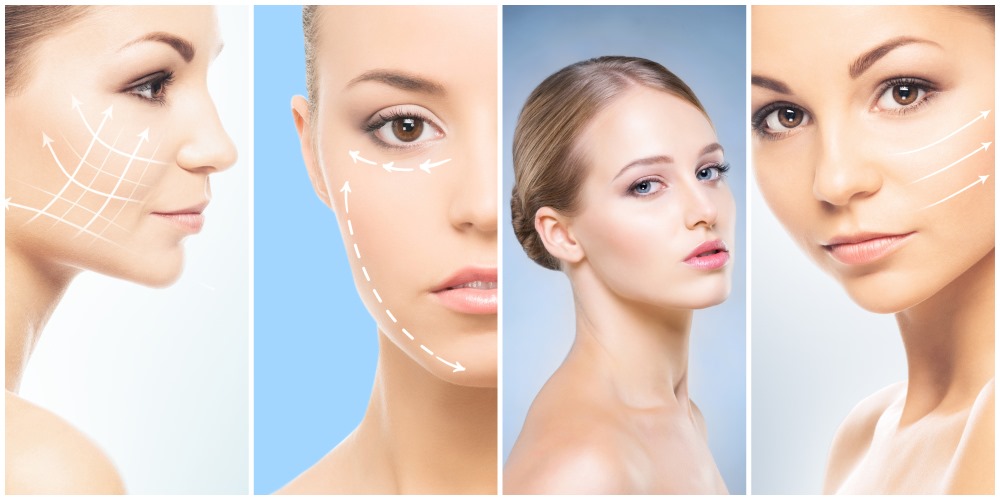
Introduction
Looking to refresh your facial appearance but unsure whether Botox or dermal fillers are right for you? We’ll outline the main distinctions between these two widely used injectable therapies. Learn how fillers, which contain chemicals like hyaluronic acid, restore volume while Botox relaxes muscles to soften wrinkles. You’ll know at the end which choice best addresses your skin’s issues and rejuvenation objectives.
Understanding Botox and Fillers
What Is BOTOX?
Botox is a popular cosmetic injectable designed to reduce the appearance of wrinkles and fine lines, particularly in the space between the eyebrows, on the forehead, and around the eyes. It functions by preventing the muscles from receiving nerve signals, which causes them to relax and avoid wrinkles brought on by facial expressions.
Botox is a quick fix for smoother, younger-looking skin, and its results usually endure for three to four months. It is crucial to have the treatment performed by qualified professionals to guarantee both safety and the greatest outcomes.
What Are Dermal Fillers?
Dermal fillers are a popular non-surgical treatment that adds volume to the skin, diminishing the visibility of wrinkles and fine lines. Hyaluronic acid, a naturally occurring component in the skin, is a common ingredient in fillers and helps plump parts of the face, lips, and nasolabial folds. Effects from well-known brands like Revolax, Neuramis, and Rejeunesse persist between six and twelve months.
Best Uses for Botox vs. Fillers: Targeting Different Areas
Selecting the best procedure for your needs is crucial when thinking about Botox or dermal fillers. Botox is most effective in reducing dynamic wrinkles, including crow’s feet and frown lines, which are brought on by repeated muscle movements. Additionally, it helps keep wrinkles from developing, providing the appearance of tighter, smoother skin.
Conversely, dermal fillers work wonders for plumping up the lips and cheeks and adding volume to the face. Fillers are the best option if you want to reduce deeper wrinkles and increase fullness. Furthermore, dermal fillers provide a longer-lasting remedy than Botox because they often last longer.
To get the greatest results for your skin, talk to a specialist about your goals as each treatment has advantages and disadvantages.
Choosing Between Botox and Fillers Based on Your Age and Skin Concerns
Making the best decision when choosing between Botox and fillers requires knowledge of how your skin develops with age.
Preventive Botox is a common way to avoid wrinkles and maintain a young appearance when you’re in your 20s. Botox can postpone the formation of deeper wrinkles by reducing the muscle movements that result in smile creases and frown lines.
When you approach your 30s, a mix of fillers and Botox might be more appropriate. While dermal fillers treat early symptoms of volume loss by restoring volume in regions like your cheeks and under-eyes, Botox can help with dynamic wrinkles like crow’s feet and forehead lines.
The demand for fillers rises with age for people over forty. Botox continues to smooth out expression lines, while hyaluronic acid fillers can plump deep-set lines like nasolabial folds, providing a comprehensive anti-aging treatment.
With the appropriate treatments, you can keep your skin looking renewed and youthful by knowing what it requires at each stage of life.
Conclusion
Depending on your age and skin issues, you might choose between fillers and Botox. Botox works to reduce wrinkles by relaxing muscles, and fillers give regions with static lines more volume. Often, the finest outcomes come from combining the two. See a specialist to find the best treatment for you and receive a personalized strategy that enhances your natural look.
